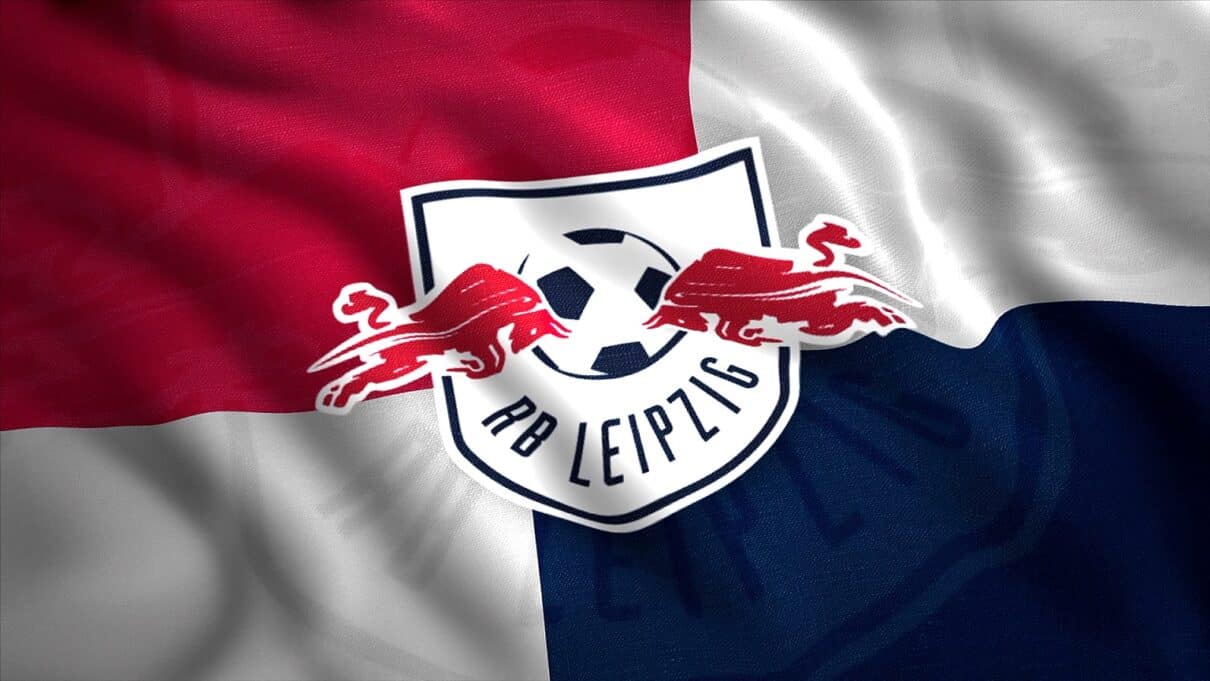The Men Who Inspired Jay Gatsby: Fact And Fiction In Fitzgerald's Masterpiece

Table of Contents
Real-Life Counterparts: Identifying Potential Inspirations for Gatsby
Identifying the precise inspirations for Jay Gatsby is a complex undertaking, demanding a deep dive into both Fitzgerald's life and the social landscape of the Roaring Twenties. While no single individual perfectly mirrors Gatsby, several figures from Fitzgerald's world offer intriguing parallels.
The Influence of Fitzgerald's Own Life
Fitzgerald's own life profoundly shaped Gatsby's character. The novel resonates with autobiographical elements, reflecting Fitzgerald's personal struggles and aspirations.
- Pursuit of Wealth and Status: Like Gatsby, Fitzgerald relentlessly pursued wealth and social acceptance, captivated by the allure of the wealthy elite. His own experiences of both lavish parties and financial hardship informed Gatsby's extravagant lifestyle and his desperate yearning for belonging.
- Complex Relationships with Women: Fitzgerald's tumultuous relationships with women, most notably Zelda Sayre, find echoes in Gatsby's obsessive love for Daisy Buchanan. The complexities of love, loss, and societal expectations are central to both Fitzgerald's life and Gatsby's story.
- Fascination with the Wealthy Elite: Fitzgerald's keen observations of the wealthy and powerful during the Jazz Age, a world he both admired and critiqued, infused Gatsby's character with a blend of admiration and disillusionment toward the privileged class.
Examining the Life of Max Gerlach
Among the most prominent theories surrounding Gatsby's inspiration is the figure of Max Gerlach, a wealthy and enigmatic socialite from Fitzgerald's social circle. Gerlach, involved in various businesses with connections to the underworld, embodied the era's blend of legitimate wealth and illicit activities.
- Extravagant Lifestyles: Both Gerlach and Gatsby led incredibly lavish lives, hosting extravagant parties and flaunting their wealth.
- Connections to the Underworld: Gerlach's involvement in potentially illegal ventures mirrors Gatsby's ambiguous past and the underlying suggestion of his involvement in bootlegging.
- Romantic Pursuits: Like Gatsby, Gerlach was known for his romantic entanglements, adding another layer of similarity to the mysterious and charming Gatsby. These shared traits fuel speculation about Gerlach's influence on the character's conception.
Other Possible Prototypes
While Max Gerlach stands out as a prominent candidate, other less-discussed figures may have subtly influenced Gatsby's character. However, definitive proof remains elusive for these lesser-known connections.
- [Name and brief description of a potential influence]: For instance, [insert a name and a very brief, relevant description].
- [Name and brief description of another potential influence]: Similarly, [insert another name and a very brief, relevant description].
These examples highlight the speculative nature of identifying Gatsby's precise origins, emphasizing the role of interpretation and literary analysis in understanding the character's creation.
The Fictional Construction of Gatsby: Beyond Real-Life Inspirations
While real-life influences undoubtedly contributed to Gatsby's persona, Fitzgerald's artistic genius shaped the character into a powerful symbol far transcending any single inspiration.
Gatsby as a Symbol of the American Dream
Gatsby embodies the idealized American Dream and its inherent pitfalls. His relentless pursuit of wealth, status, and Daisy Buchanan reflects the era's intense focus on material success. However, his ambition ultimately leads to tragedy, highlighting the illusionary nature of the American Dream for some.
- Relentless Pursuit of Daisy: Gatsby's obsessive pursuit of Daisy reveals the destructive power of idealized romanticism and the devastating consequences of clinging to the past.
- Materialism and its Discontents: His accumulation of wealth becomes a means to an end – regaining Daisy – exposing the hollowness of material success without genuine connection and happiness.
- The Tragic Flaw: Gatsby's unwavering belief in his ability to recreate the past ultimately becomes his tragic flaw.
Gatsby's Romantic Idealism and its Limitations
Gatsby's idealized vision of the past, particularly his romanticized memories of Daisy, demonstrates the limitations of nostalgia and the dangers of clinging to an unattainable ideal.
- Obsessive Love for Daisy: His unwavering devotion blinds him to Daisy's flaws and the reality of their changed circumstances.
- Flawed Understanding of Daisy: Gatsby's idealized image of Daisy clashes with the reality of a woman who has moved on and adapted to a different life.
- Consequences of Romantic Pursuit: His obsessive pursuit of a past that no longer exists contributes directly to his downfall.
Gatsby as a Literary Creation
Ultimately, Jay Gatsby is a masterpiece of literary character development. Fitzgerald's skillful use of symbolism, imagery, and narrative techniques created a complex and compelling character, regardless of any direct real-life counterparts.
- Symbolism: Gatsby's lavish parties symbolize the superficiality and excesses of the Roaring Twenties.
- Imagery: The green light across the bay serves as a powerful symbol of Gatsby's yearning for the past and his unattainable dream.
- Narrative Techniques: Fitzgerald's masterful narrative voice and shifting perspectives deepen the mystery and complexity of Gatsby's character.
Conclusion: Unraveling the Mystery of Gatsby's Inspirations
The creation of Jay Gatsby involved a fascinating blend of factual influences and Fitzgerald's imaginative artistry. While real-life figures like Max Gerlach may have provided certain thematic and characterological elements, it's Fitzgerald's literary genius that truly brought Gatsby to life. Understanding Gatsby requires considering both his possible real-life inspirations and the powerful fictional construction that made him an enduring symbol of the American Dream and its inherent complexities. Delve deeper into The Great Gatsby to explore the full spectrum of Gatsby's inspirations and the enduring power of Fitzgerald's masterpiece. Further examining the men behind Gatsby – and the man Fitzgerald himself – reveals a captivating portrait of the era and the human condition.

Featured Posts
-
 Updated Ufc 315 Fight Card Consequences Of Aldos Weight Issue
May 11, 2025
Updated Ufc 315 Fight Card Consequences Of Aldos Weight Issue
May 11, 2025 -
 John Wick Franchise Why Chapter 4s Rotten Tomatoes Score Is Surprisingly Low
May 11, 2025
John Wick Franchise Why Chapter 4s Rotten Tomatoes Score Is Surprisingly Low
May 11, 2025 -
 Bochum Und Holstein Kiel Abgestiegen Leipzig Verpasst Champions League
May 11, 2025
Bochum Und Holstein Kiel Abgestiegen Leipzig Verpasst Champions League
May 11, 2025 -
 Exposition D Art La Visite Surprise De Sylvester Stallone A Mon Atelier
May 11, 2025
Exposition D Art La Visite Surprise De Sylvester Stallone A Mon Atelier
May 11, 2025 -
 Crazy Rich Asians Tv Show Officially In Development At Hbo Max
May 11, 2025
Crazy Rich Asians Tv Show Officially In Development At Hbo Max
May 11, 2025
